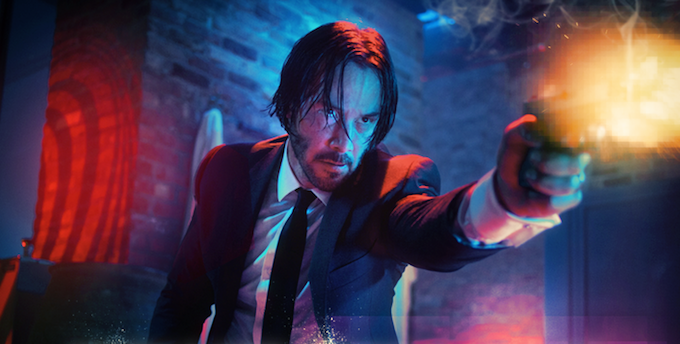
To quickly recap: John Wick (Keanu Reeves) is a former hitman who retired from his work after meeting his wife. After the loss of his wife due to illness, John is left grieving and alone, until a final gift from his wife arrives at his door: a puppy. Unfortunately, the son of his former employer (Alfie Allen) unknowingly stole his car and killed his new dog, sending John back into the criminal underworld to get revenge. The overall dramatic/thematic question brought up by this line of action: “Is John back in the game?”. Is this act of vengeance undoing his attempts to live a life away from violence or was he always going to fall back into this world of crime and death anyway? In order to show this struggle within himself, directors Chad Stahelski and David Leitch use distinct lighting and visual palettes to show John’s interactions with his old life and work.
For the majority of the first act, up to the end of the first action sequence in John’s house, the film has a melancholic, muted tone, complementing John’s mournful state. It isn’t until after a Russian mob crew attacks his house to preemptively stop John that we get our first big splash of color. After John takes out the crew, a police car pulls up to his house. The police lights shine through the window and door, flashing red and blue lights. The officer asks John if he’s working again, to which John says, “No, just sorting things out” (John Wick, Stahelski/Leitch, Keanu Reeves). John hasn’t fully stepped back into his old world yet, but that world found him again. It’s just outside his door.
The next two instances of this use of lighting, while not as drastic and attention-calling, are still relevant. After John is captured by the boss of the Russian mob, Viggo (Michael Nyqvist), the scene is lit primarily in yellow due to the focused lights of the room. During this scene, John finally comes to terms with his inner nature. He finally decides to say that he is back, now finally accepting his nature and the trajectory he has decided to take. He is under the light of interrogation, allowing the truth to come forth.
Works Cited
Agar, Chris. “What Is John Wick 3's Budget (& How It Compares To The Previous Movies)?” ScreenRant, Screen Rant, 15 May 2019, screenrant.com/john-wick-3-movie-budget-cost/.

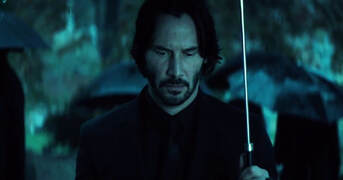

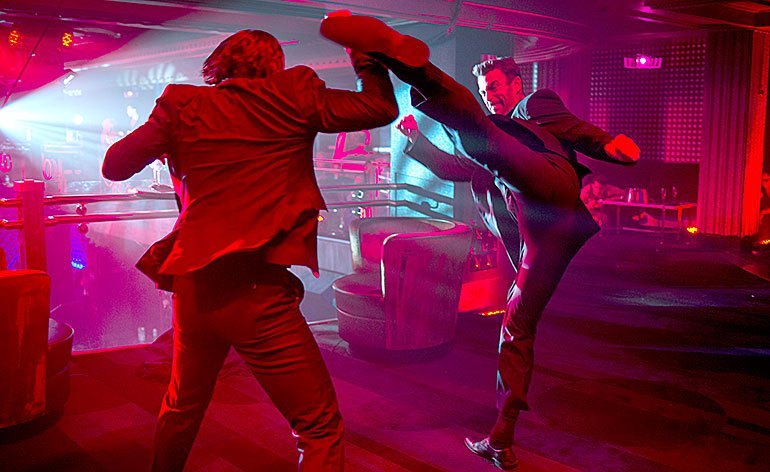
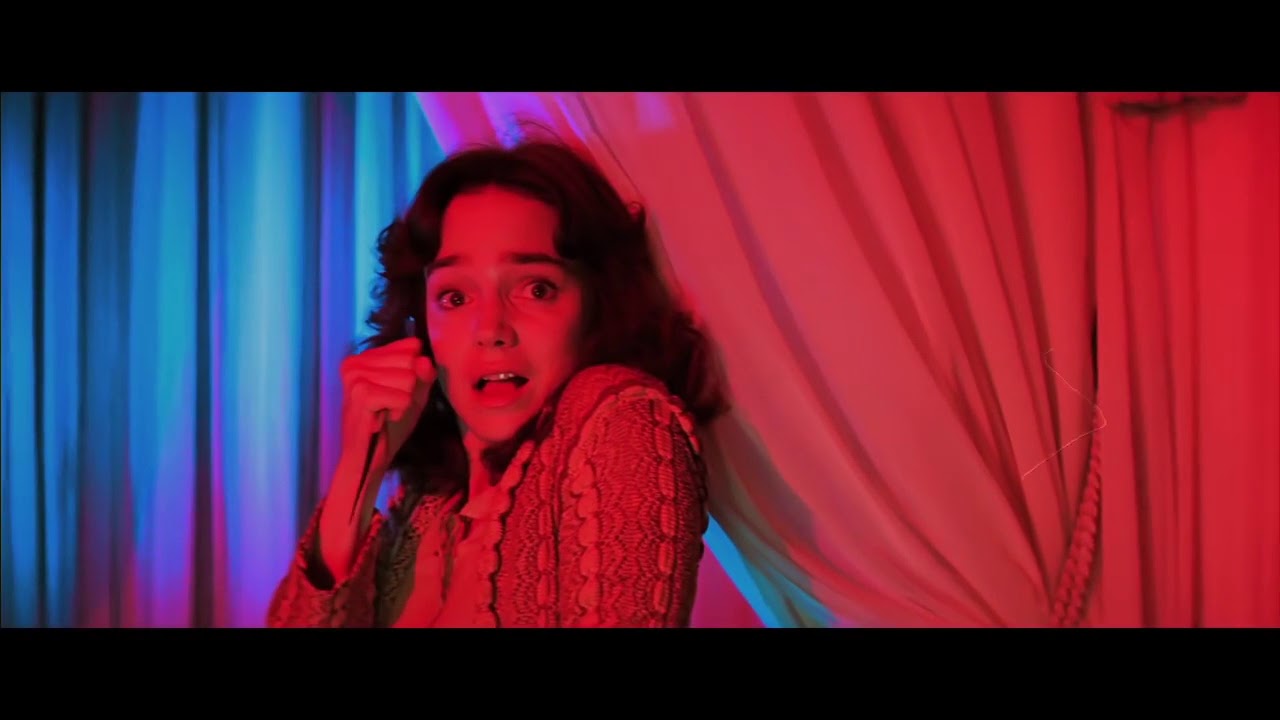
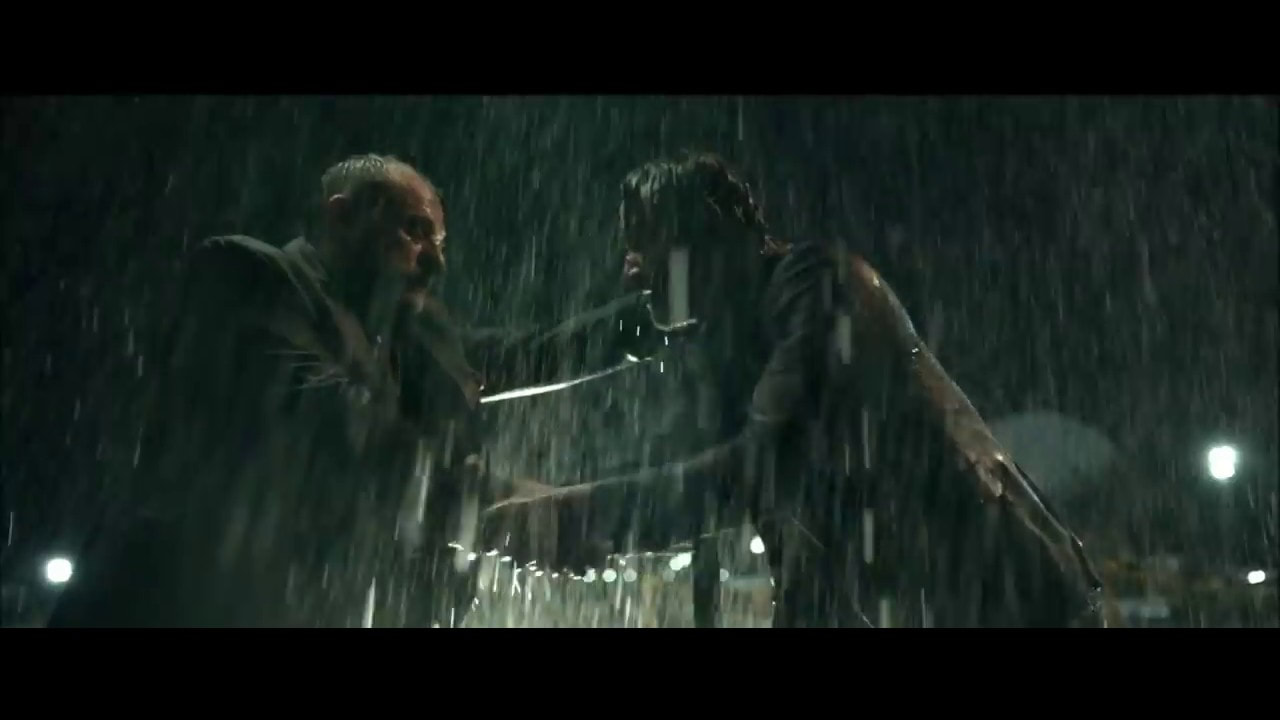
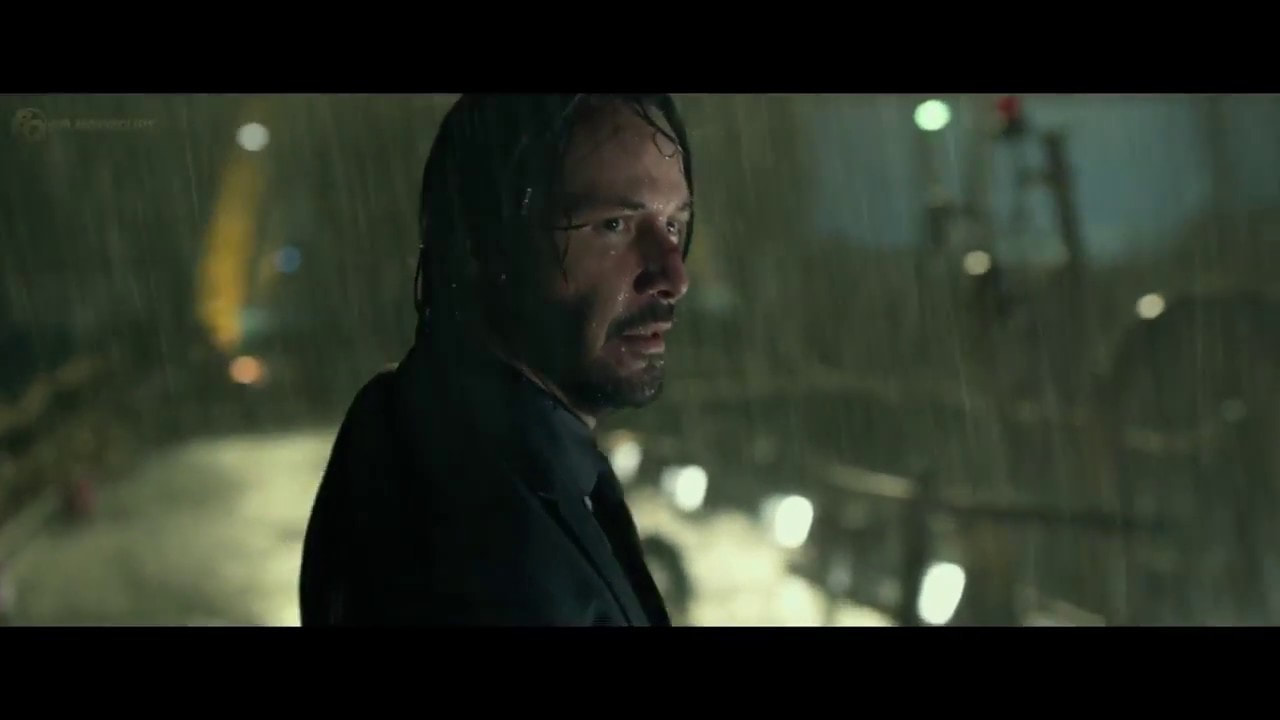
 RSS Feed
RSS Feed
